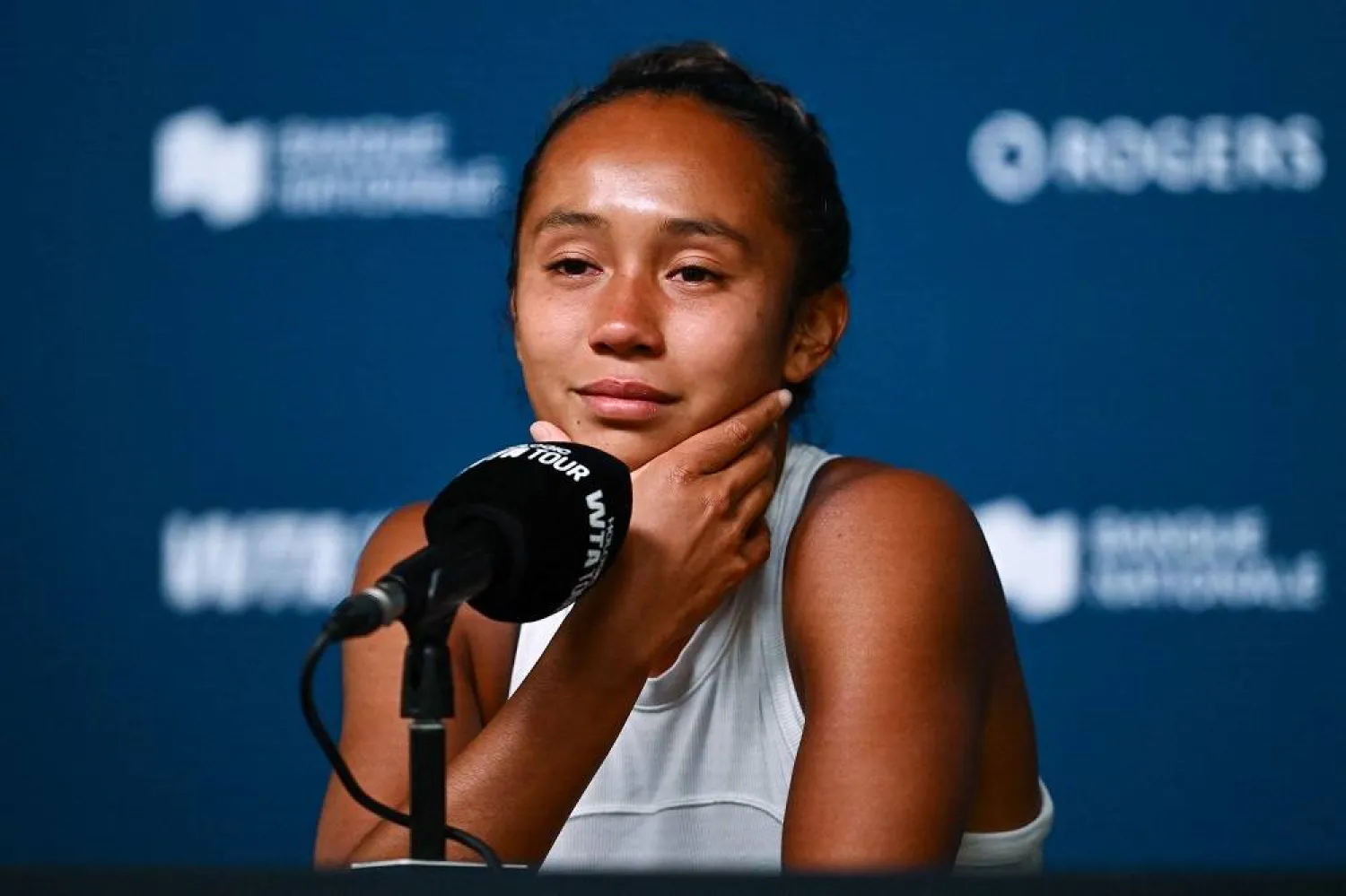While the glorious phenomenon that is Simone Biles was winning a fifth all‑around world gymnastics title last week with routines that included a triple-twisting double backflip during the floor exercise and a two‑flips‑two-twists dismount from the beam, she was doing things that the human eye could barely take in. But there were no worries that what she was doing might be missed.
Her every movement, and those of her 546 rivals, was being captured by three-dimensional laser sensors hidden inside boxes placed around the floor of the Stuttgart arena. Developed by Fujitsu, the system has at its centre an artificial intelligence system. Body measurements are taken from the competitors – in the case of the few who declined in Stuttgart, a standard template was used – and their movements are then tracked for position, angle and speed, instantly processed and fed to the competition judges in graphic form as a clear real-time analysis of every performance.
That, you might think, will settle everything. No more Eurovision-style complaints about the Belarus judge favouring the Russian competitor. No more claims of the Chinese marking down the USA team, or vice versa. In theory, at least.
In practice, the system – which might be used in next year’s Tokyo Olympics – will certainly improve the judges’ ability to make accurate assessments. It promises to be a handy training tool for coaches, and will perhaps become an additional source of information and entertainment for spectators. But as the Italian gymnastics coach told the New York Times: “The computer cannot understand artistry [or] the feeling in the movements you make. It can see all the angles better than the judges, but the artistic part is impossible.”
In sports where artistry is not a consideration, however, the future beckons – and it would appear to be laser-guided. There was a glimpse of it when Eliud Kipchoge broke two hours for the marathon distance, following a wedge of pacemakers whose eyes were glued to the green laser lines beamed on to the road surface in Vienna from an SUV with a throttle specially tuned and controlled so that its speed could be adjusted in increments of 0.1km/h.
Admiration for Kipchoge’s magnificent million-dollar achievement was only slightly undermined by the information that he was wearing a version of Nike’s Vaporfly running shoe so new that it has not yet been homologated by the governing body. Like other aspects of his run, such as the use of roll-in, roll-out pacemakers, this made it clear that his feat belonged not in the realm of sport but in the related field of science-assisted human performance. What you might feel about the value of such an achievement when it is entirely divorced from the sphere of rules-based competition is entirely up to you.
But laser sensors would have come in very useful in a piece of proper sport on Sunday, when Wales’s backs persisted in throwing forward passes while trying to score during their Rugby World Cup pool match against Uruguay in Kumamoto. In the end these infringements of the game’s most basic rule did not cost them victory and passage to the quarter-finals, but they were careless and frustrating. And not wholly surprising, either, since it is some time since greater fitness and more advanced tactical thinking persuaded coaches to bring attacking lines into flatter alignment, with the aim of finding gaps or engaging the opposing defence as quickly as possible.
The debate over what constitutes a forward pass between players running at speed flared up a few years ago, with all manner of brave but inconclusive attempts at scientific analysis. Video refereeing has meant that infringements are more easily spotted, but – as with VAR in football – they have also tended to make the referee on the pitch more reluctant to blow the whistle, secure in the knowledge that the technology will absolve him by providing a definitive verdict.
With five minutes to go on Sunday, Hallam Amos scored the third of his touchdowns to be disallowed. The first two had been chalked off for forward passes after being referred to the TMO. The third was actually disallowed for his inability to hold on to the ball as he dived over by the corner flag. In fact it should already have been disallowed for the forward pass preceding his final dash. But that was never even considered. Weirdly, Angus Gardner invited the TMO to adjudicate on the second offence rather than the first.
One day perhaps international rugby players will be measured in the same way as the gymnasts in Stuttgart, tracked in real time by laser sensors placed along the touchlines. The ball, too, will be tracked, and the TMO will be able to see without recourse to the naked eye whether it travelled forward as it passed from one set of hands to another. If nothing else, that would speed up a process that can be infuriatingly protracted and does not always deliver an undisputed verdict. And, through some kind of red-button option, viewers at home would be able to decide whether they wanted to watch a match with the laser lines and other data on display – somewhat in the manner of the course and wind overlays in the America’s Cup telecasts – or au naturel.
Everybody wants accurate decisions and there is certainly an audience for more detailed analysis. But once this television-influenced path has been chosen, it is impossible to know where the journey will end, or what effect it will have on the uncertainty, the wonder, the exhilaration and the arguments that made sport more than a thing of statistics. But at least as long as Simone Biles is around, the wonder and the exhilaration are guaranteed.
The Guardian Sport







